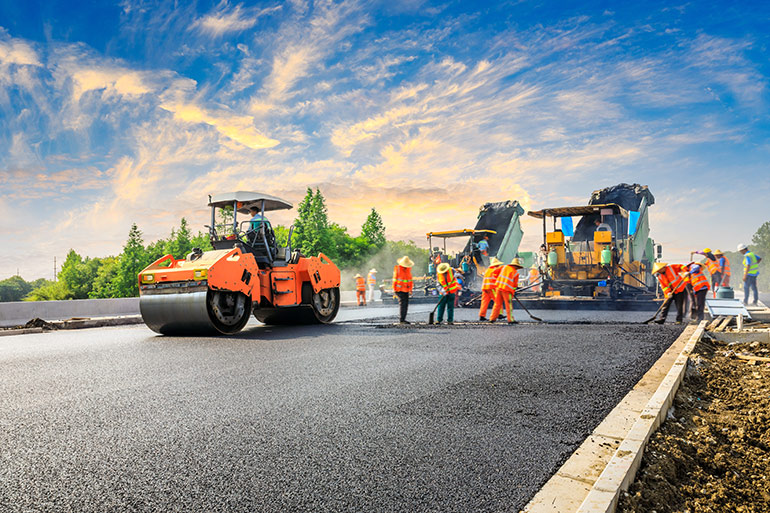The Association of Equipment Manufacturers represents more than a thousand companies involved in the construction and ag industries, including many suppliers of fluid power components and systems. These firms contribute over $288 billion a year to the U.S. economy and support 2.8 million high-paying jobs. So it goes without saying that AEM carries a bit of clout.

In fact, according to AEM president Dennis Slater, President Biden owes his job to the mobile-equipment industry. As a candidate, Biden emphasized the role of investing in U.S. manufacturing to help kick-start the economy. There’s no doubt that the President won the 2020 election on the back of manufacturing voters across the Midwest, and that support by our industry played a crucial role, said Slater.
These voters placed significant faith in the President’s commitment to make bold investments in American manufacturing, industry and innovation, he said. In return, AEM calls for the new administration and Congress to address important policy areas like infrastructure, workforce development, corporate taxes and international trade.
“A good place to start is by investing in a strong infrastructure, which benefits everyone from urban to rural regions, and allows our nation to address the challenges of the 21st century global economy,” said Slater.
That, however, means more than simply throwing money at the problem, said Steve Berglund, AEM Chair and Executive Chairman of Trimble Inc. The hope is that the new administration will move beyond seeing infrastructure spending as simply a jobs program or economic stimulus, and develop a strategy that anticipates the needs of the next 50 years, he said.
“The 2021 definition of infrastructure significantly differs from what it was in the mid-20th century, when much of the country’s current physical infrastructure was built,” said Berglund. Today’s roads, bridges, rails and ports are straining under existing demands and will fare even worse with newer emerging needs. Imagination will be important in developing a program that incorporates concepts such as autonomous vehicles and drones, decentralized digital construction, robust watershed management and ubiquitous, high-reliability broadband connectivity, he said.
“Also important are policies around workforce development, which has provided a challenge for AEM members for some time.” For years there has been a chronic shortage of workers with the requisite skills to manufacture, operate and maintain increasingly high-tech construction and agricultural equipment. Although OEMs have taken independent steps to satisfy the need, often in collaboration with local colleges and vocational schools, the U.S. educational system has not kept pace. “What is needed beyond advocating a ‘jobs program’ is a parallel and imaginative educational strategy for providing the required technology skills,” said Berglund.
Given that the strategic time horizon for doing anything impactful on infrastructure extends well beyond the political cycle, it is important that a genuine effort be made to ensure a long-term commitment to U.S. economic leadership. Especially in light of recent events, many of our elected officials, business leaders and, certainly, everyday Americans want us to move ahead in a common direction, added Bob Crain, AEM Vice Chair and Senior Vice President of AGCO Corp.
“And I can think of no better way to do that than our elected representatives working in a bipartisan manner to reinvest in our country’s infrastructure, fund education and retraining programs, expand broadband in rural areas, and many other things. We strongly urge the incoming administration and the new Congress to work together to pass bipartisan infrastructure investment, and to dedicate our country to rebuilding and, just as important, uniting our people around a common purpose.”
Filed Under: Mobile Hydraulic Tips